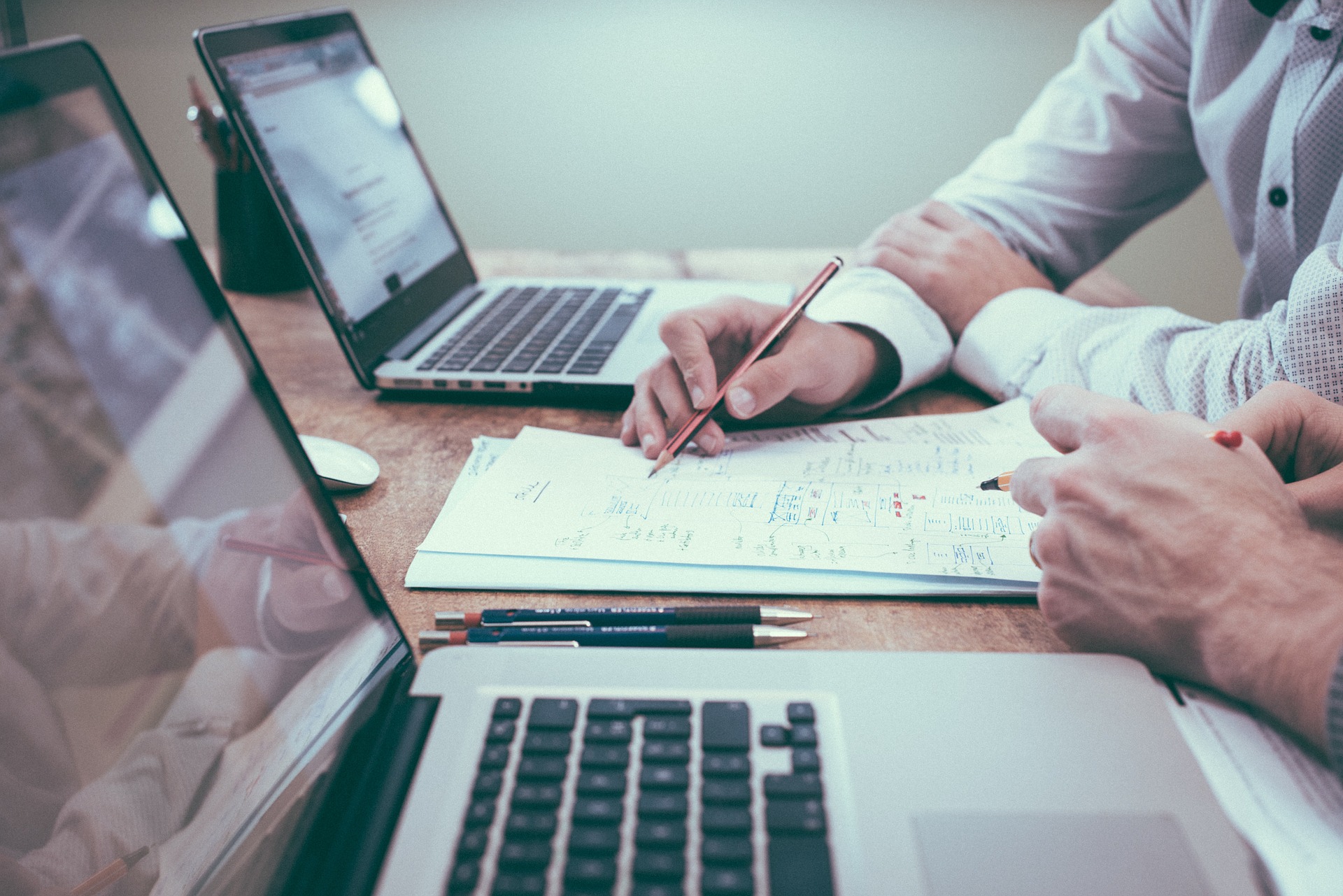VAT
In this section...
What is a Receipt Scanner
With the introduction of Making Tax Digital (MTD) for VAT returns there is a larger emphasis on using computers and technology to store and share information online. Programs that can do this are commonly referred to as ‘cloud accounting software’, and these are the intended platforms for making MTD possible. There are a multitude of software out there so it is ideal to make use of the free trials rather than commit to the first one found.
If you do not keep digital records of your invoices and receipts then the paper and original copies will need to kept for up to 7 years. For many this means that a section of the office will be dedicated to the storing of this information and, depending on the number of transactions, can result in a large area for this evidence of purchases and sales. Cloud accounting has applications where photos of invoices and receipts can be uploaded to the database, analysed and transaction added to the bookkeeping; a receipt scanner. The receipt scanner initially will need time to learn where usual expenses are to be allocated and so for the first few months the bookkeeper should expect to be making changes or entering information where required fields are blank or incorrect until the software is able to fill these in correctly itself. By then the bookkeeper would only need review the information and have the transaction made. The cloud accounting software will then store the invoices and receipts, which are acceptable as evidence by HMRC should they ask to view them.There is more to this method than just going paperless. The receipt scanners will often have an application on the Android and Apple stores which users can download and use their phone to upload the receipts. Whether it is at a desk at home or while out in the streets the phone’s camera can take a picture of the receipt and the image can be uploaded to the software soon after. The ability to instantly capture this information as soon as the paperwork is available will prevent the loss or human forgetfulness of the receipt becoming an issue for the bookkeeper. Once the software has sufficiently learned enough data to be able to correctly fill in the fields the time spent on bookkeeping will be significantly affected, as only a review of the information would be required.
The downside to this software is that it will take the software time to learn how to treat different invoices and receipts so each will need to be properly reviewed and corrected before a transaction is created and the software database updated. The receipts do need to be completely photographed; some software will allow for multiple photos of long receipts but all of the information needs to be visible. For many it may be impossible to take the decent photo of a receipt while walking along the path, and a stop for two minutes may be required for steadier hands.Please note that this article only refers to sales and purchases documents for business use. Original dividend tax vouchers and bank interest statements must be retained.
Tags: expenses, invoices, receipts, bookkeeping, making tax digital, cloud accounting
Need help?
Get in touch and see how we can help you
